Holmes Sweet Holmes Wrecker Still Up to Task
The nostalgic reminder is just as capable as the day it was built—maybe even more so.


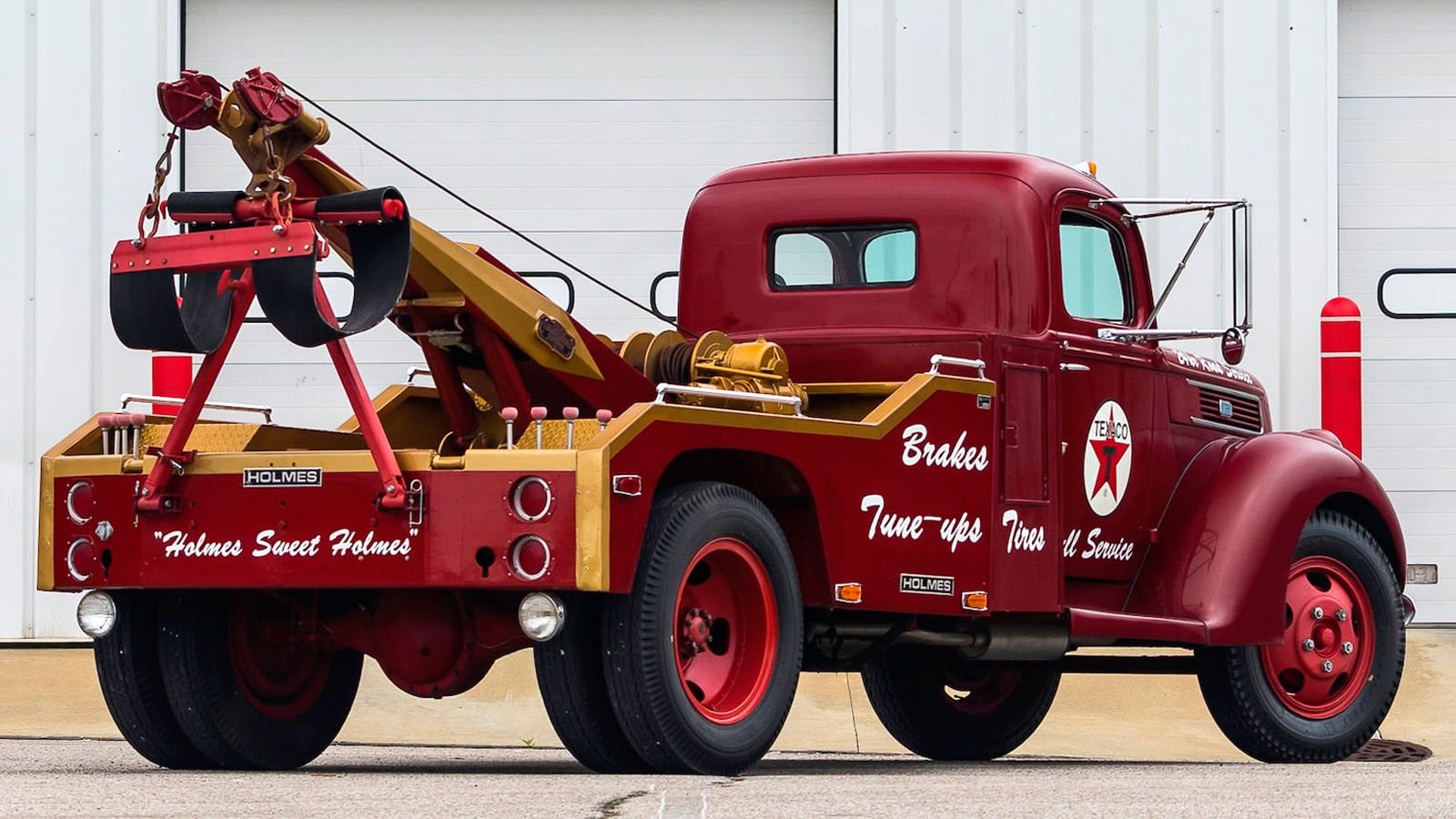
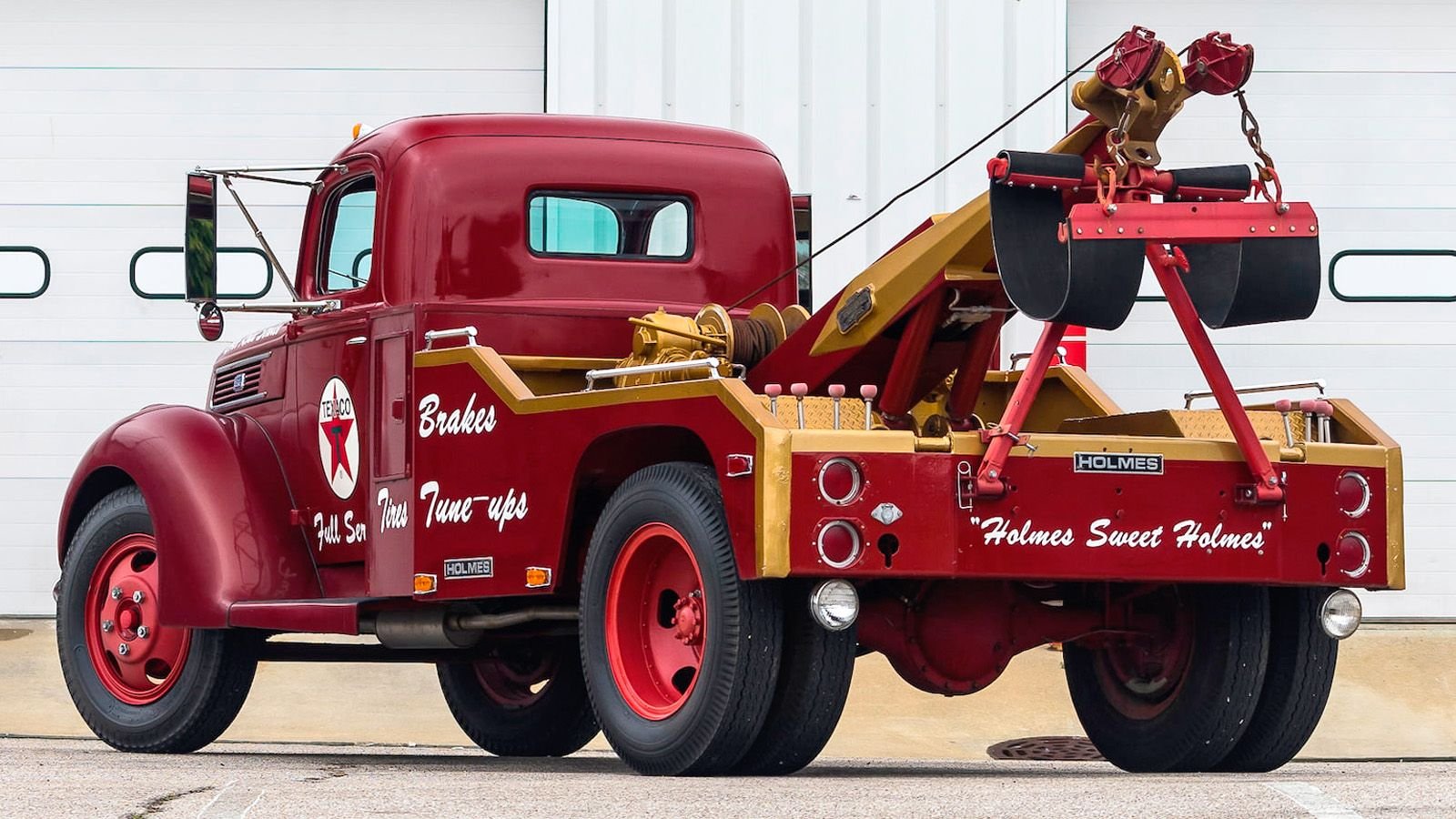
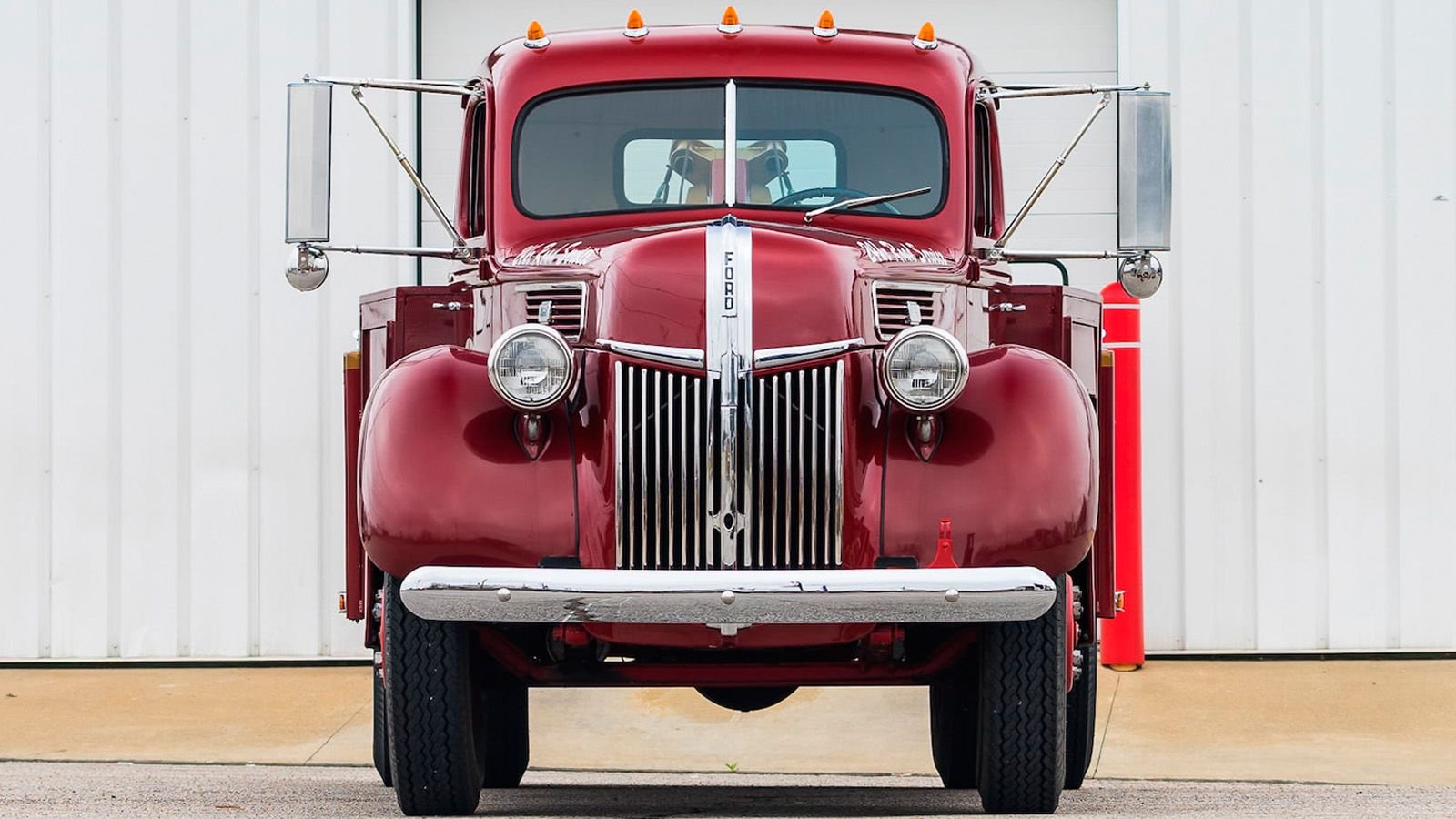
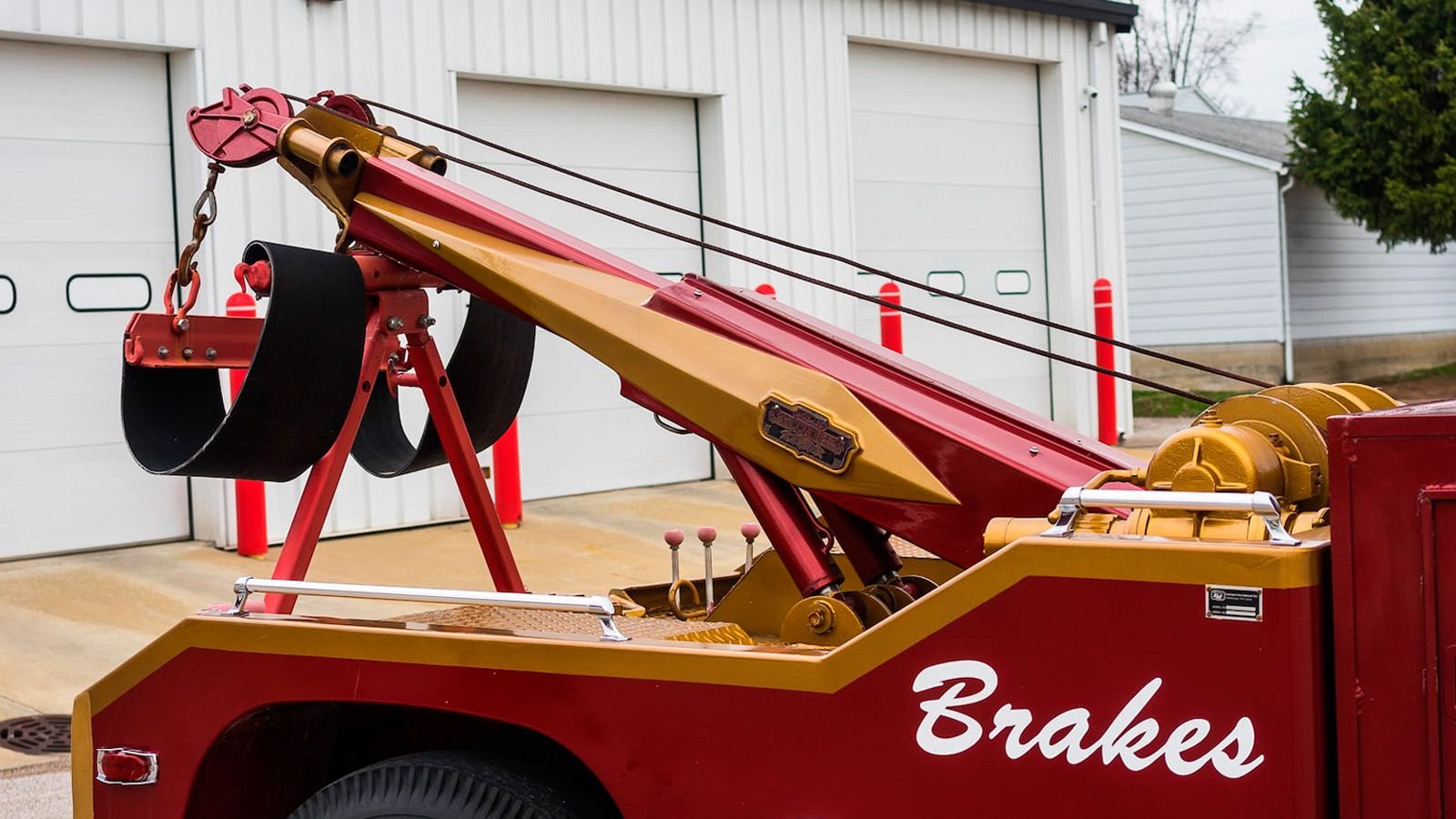

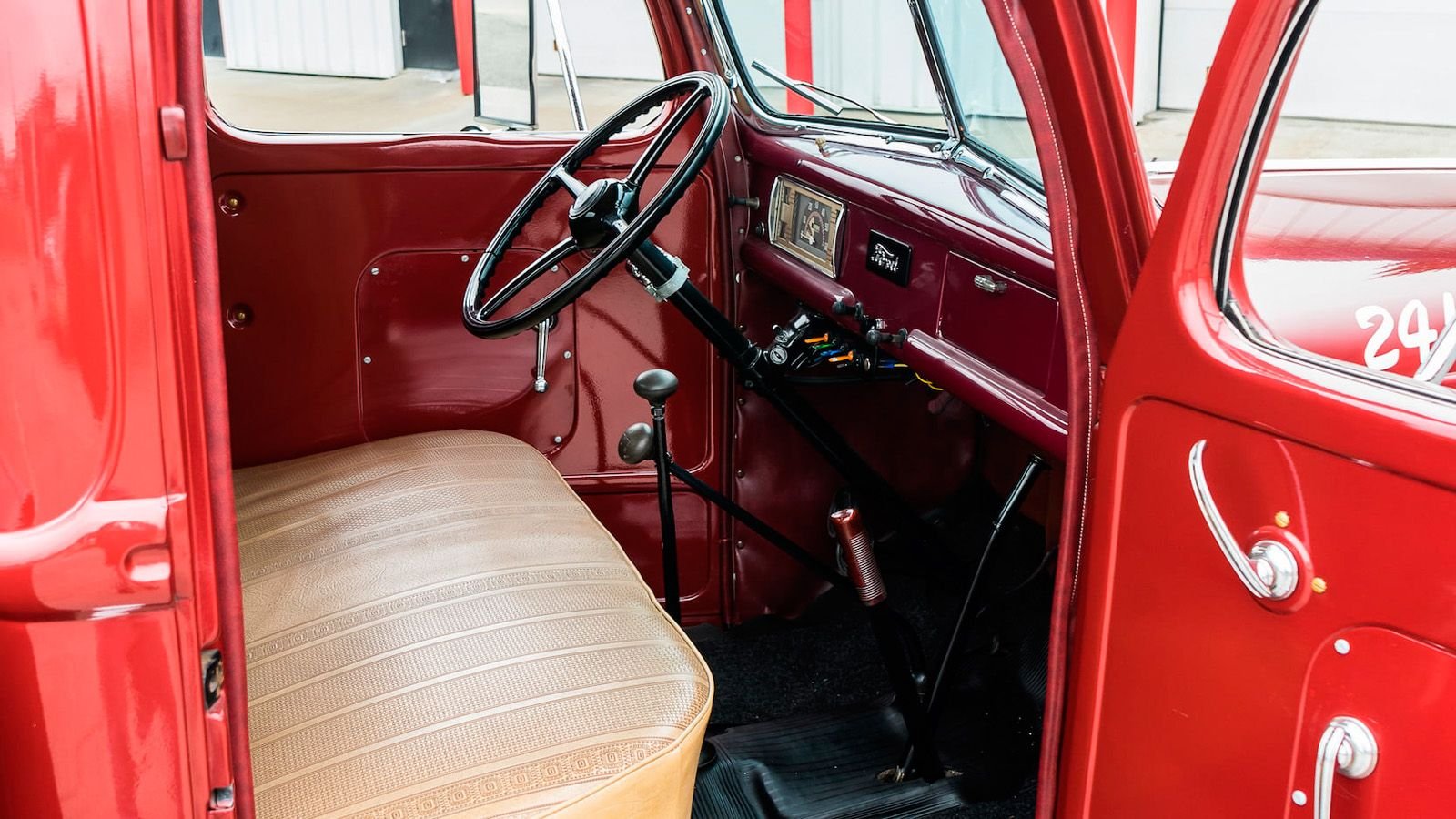








Legacy Call
Not long after Henry Ford made his pledge to “build a motor car for the great multitude,” so did the need for tow trucks. That call was soon answered by Ernest Holmes Sr. from Chattanooga, Tennessee. An example of Holmes' lasting legacy is this restored, 1941 Ford 2-Ton wrecker that mixes pre-war nostalgia with the functionality of modern macninery.
Photos courtesy of Mecum.
Patented Roads
As the story goes, Holmes felt compelled to develop a better method to recover and tow stricken vehicles after he watched a crew of men extract a car out of a creek with blocks and ropes. Built on a 1913 Cadillac limousine chassis, Holmes introduced the first 'wrecker' to American roads in 1916. By 1918, he had secured a patent for his twin-boom design.
Business Design
With a patent in hand, the Ernest Holmes Company was founded. Consisting of a bed platform, the utilitarian twin-boom design could be added to most heavy-duty trucks of the day. Holmes ran the business until he passed away in 1943. His son, Ernest Holmes Jr. then took over operations. After his retirement in 1973, the company was sold to the Dover Corporation.
Consolidated Facility
With the family business sale, grandson Gerald Holmes left to establish Century Wreckers that produced more modern hydraulically-powered equipment in nearby Ooltewah, Tennessee. Eventually, the assets of Holmes and Century were bought by Miller Industries, which consolidated manufacturing at the Ooltewah facility. Miller retained the names, and contemporary tow packages from Holmes or Century are still available to this day.
Advertising Facts
Ford's 1941 2-Ton truck was the heavy-hauler of its day. It was available in either 134 or 148-inch wheelbase, and in 30 or 40 CWT (hundredweight) payload variations. In total, trucks were offered in forty-two body and chassis combinations, six wheelbases, and three engine choices. Motor Company advertising at the time was all-business, confidentiality stating, “Get the Facts and you'll get a Ford.”
Functional Unit
Just as they are today, 'wrecker' decks were added to the chassis and cab-only model variation by aftermarket companies. The towing equipment shown here is completely functional, consisting of a late-model Holmes unit. The modern assembly is driven via the truck's power-takeoff unit. Under the bed is a two-speed rear axle, tied to a four-speed transmission.
Vague Variations
Restored as a Texaco Service truck in 2003, the 2-Ton is powered by an original Flathead motor. Specifications for this truck are vague, but in 1941, Ford's reliable V8 was offered in two variations for the heavier end of the lineup. The first was the original 221 cubic-inch motor that produced 85 horsepower. The other was the 239 cubic-inch version that made 95 horsepower.
Holmes Era
By 1941, Ford had sold more than four million trucks, but it was the end of an era. Switching to wartime manufacturing in 1942, it would take five long years before consumer production resumed in 1947. This 2-Ton Ford might be a nostalgic reminder, but it is as capable as the day it was built—maybe even more so now, thanks to its modern Holmes wrecker.
>>Join the conversation about this Holmes Wrecker right here in the forum.
For help with your maintenance and repair projects, please visit our how-to section of Ford-trucks.com.
